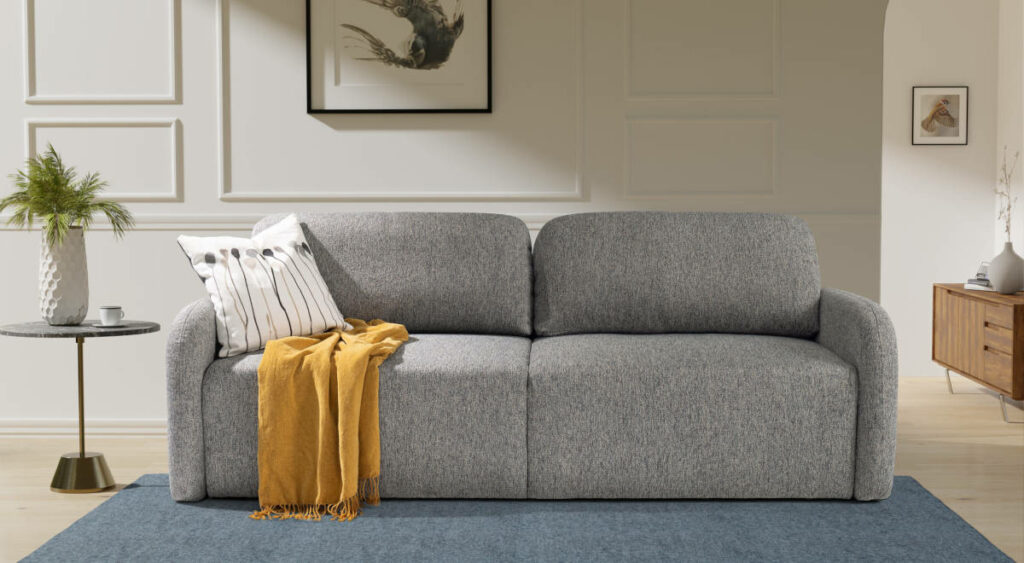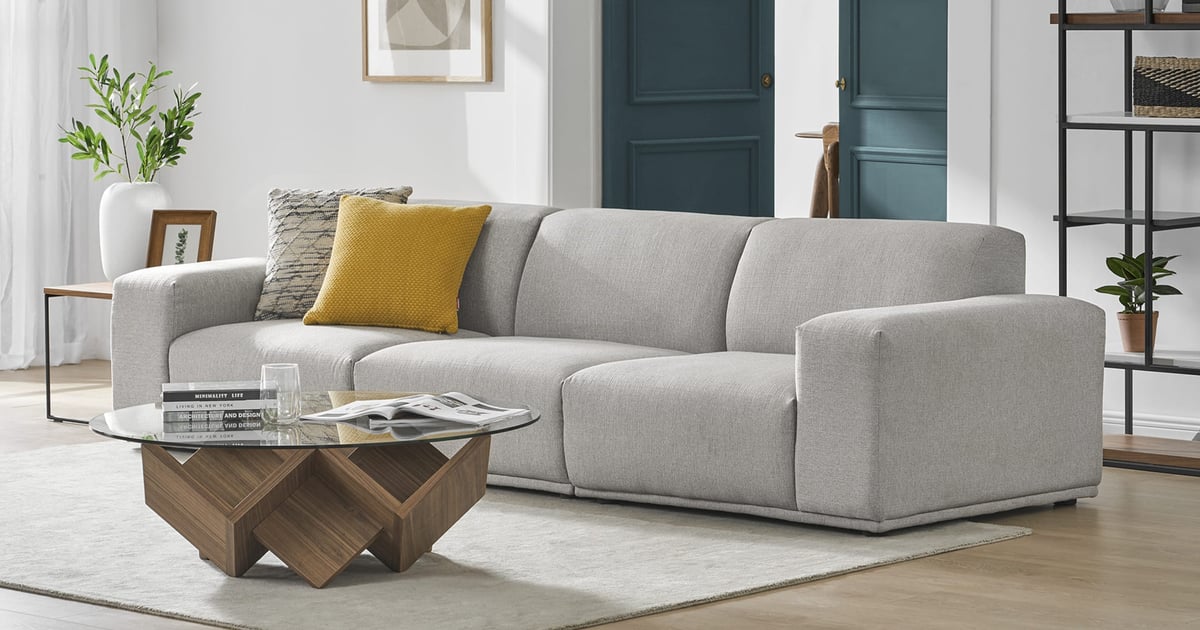Choosing the right sofa for your home is an important decision. A sofa is a big investment, both financially and for your comfort in your living space. One common concern when sofa shopping is how well a sofa will hold up to regular use over time. Specifically, many wonders, will the sofa become soft and lose its support and structure after being used for a long time?
This is an understandable concern. After all, a sagging, softened sofa with flattened cushions can be uncomfortable to sit on and look unattractive in your home. When considering a new sofa, you’ll want one that retains its shape and support for as many years as possible.
There are a few key factors that impact whether or not a sofa will soften and lose its shape over time:

Construction and Materials
The quality of the materials and construction has a big effect on the longevity of a sofa. Higher quality sofas are made with sturdier frame construction using kiln-dried hardwoods, corner blocking, and joints that are glued and reinforced with screws or dowels. These features help the sofa maintain structural integrity over years of use.
On the other hand, lower quality sofas may use less robust frames made with weaker softwoods, stapled joints, and little to no reinforcement. These sofas are more prone to loosening, wobbling, and losing shape.
The cushion fills also make a difference. Higher density foam and down cushion fills will resist flattening and retain loft better than low density polyester fills. Quality elastic webbing along with durable fabric covers are also indicators of good construction.
Frequency and Weight of Use
How often a sofa is used and how much weight is put on it will affect how quickly it softens. Sofas that are lightly used as an accent piece in a formal room may retain shape longer than a heavily used family room sofa subjected to kids, pets, and constant sitting.
Rotate the cushions weekly and consider a sofa with reversible cushions to evenly distribute wear and add years to its lifespan. Sofas with chaise components tend to show wear sooner since the chaise takes more use.
Manufacturer Warranties
A long warranty can give peace of mind that the sofa should hold up well. Quality sofas often come with 10 year or lifetime warranties on frames and cushions. This coverage protects against defects and loss of shape during normal use. Read warranty terms carefully and be sure you can live with the sofa’s expected lifespan.
Proper Maintenance
Taking proper care of your sofa will maximize its longevity. Vacuum cushions weekly using a brush attachment. Every few months, flip and rotate the cushions to distribute wear evenly. Spot clean spills promptly with a mild cleaner and avoid saturating cushions. Having cushions professionally cleaned every year or two will keep them fresh.
Tips for Choosing a Sofa That Will Resist Softening Over Time
- Opt for hardwood or kiln-dried softwood frames over weaker particle boards. Corner blocks, double dowels, screws, and glue indicate sturdy joinery.
- Check that seat cushions are made with high density foam or down alternative fills. Higher densities (1.8 lbs./cu. ft or more) retain shape better.
- Make sure back cushions contain quality fills as well. A mix of foam and fiber or down is optimal for support and loft.
- Inspect the fabric quality. Look for durable but breathable fabrics. Performance fabrics withstand abrasion and stains better.
- Examine the base and legs. Strong hardwood legs screwed into the frame make a sofa more stable.
- Consider a sofa with attached back cushions for added structure. Detached cushions wear faster.
- Look for reinforced corners and arms. This prevents sagging in high wear areas.
- Test out the sofa in store. Sit, shift positions, and push into the arms and back. It shouldn’t feel loose.
- Check for a long warranty, preferably lifetime coverage for the frame and 10+ years for cushions.
- For heavy use, choose sectional components that allow cushion rotation to spread out wear.
- Avoid very soft cushions. Extra plush cushions that you sink into are more likely to show use sooner.
- Select more structured cushions with a firmer feel. They hold shape better long-term.
With the right design, materials, and care, your sofa can maintain its supportive comfort and look for over a decade. Be sure to shop quality when investing in this important living room staple. Avoid cheap finishes and weak construction that leads to accelerated wear. With a well-made sofa and proper maintenance, you can enjoy stable comfort and support year after year.

Signs Your Sofa Needs Replacement
While a quality sofa should last over 10 years with care, there are some clear warning signs that indicate it may be time to replace your worn out couch.
- Sagging, flattened cushions that lack support even after rotating and fluffing
- Sunken, indented areas on the seats or arms from heavy use
- Loose or wobbly frame that shifts when you sit down
- Split seams, torn fabric, or ripped leather upholstery
- Squeaking noises from the frame or loose joints
- Stains, odors, or pet hair that cannot be fully removed
- Misshapen appearance that cannot be remedied by adjustments
- Cushions that will not stay in place and constantly shift around
- Bottoming out onto hard surfaces underneath thin cushions
- Significantly darker wear patterns on upholstery or fabric pillage
- Structural damage like broken springs, cracked wood, or bent frame
- Infestations of bed bugs, fleas, or other pests
- Sofa has simply reached an age or condition where repair is not worthwhile
While it can be hard to replace a comfy, sentimental sofa, allowing it to deteriorate to poor condition is not a good option either. At a certain point, it is best for both your comfort and décor to invest in a new, quality sofa that will provide cozy support for years to come. With reasonable care, your new sofa should not lose shape or excessively soften during its lifetime.
